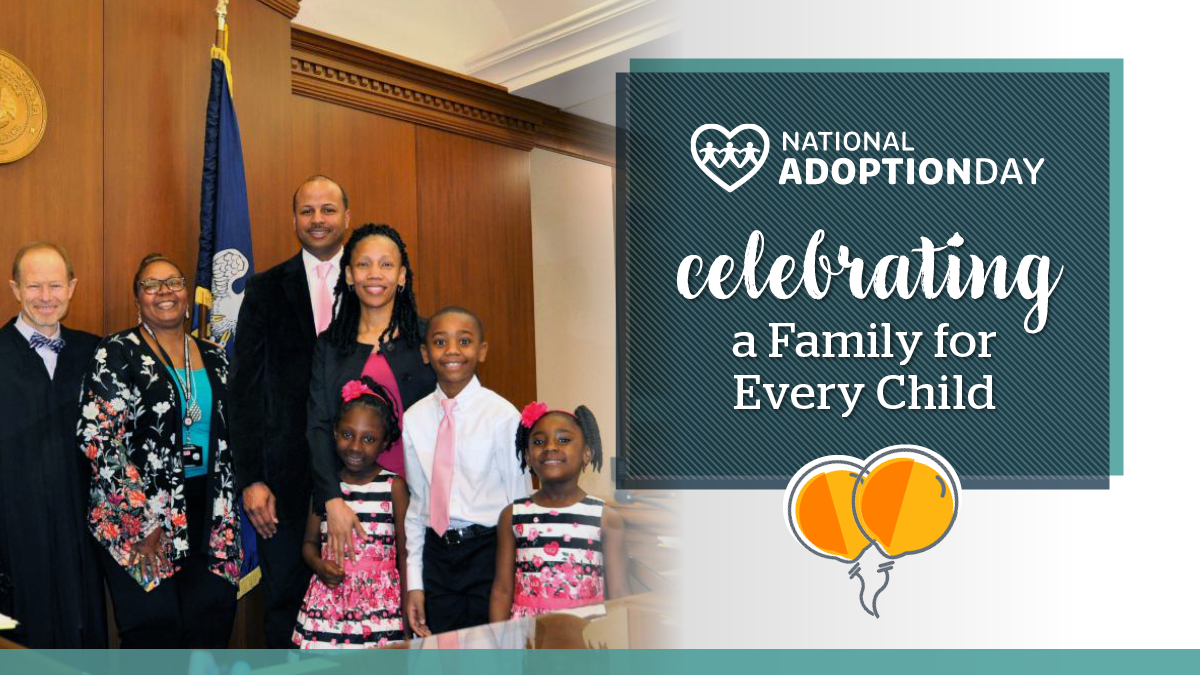How are the nation’s children doing? A recently published report (America’s Children: Key National Indicators of Well-Being, 2021) from the Office of Juvenile Justice and Delinquency Prevention helps answer that question. The report, which is based on data from 23 federal agencies, identifies seven domains that characterize the well-being of a child and influence the likelihood that a child will develop into a well-educated, economically secure, productive, and healthy adult.
- Family and Social Environment includes indicators that characterize children’s family lives and social settings.
- In 2020, about 70% of all children ages 0–17 lived with two parents (67% with two married parents and 4% with two unmarried cohabiting parents), 21% lived with only their mothers, 5% lived with only their fathers.
- The adolescent birth rate among females ages 15–17 declined from 20 per 1,000 in 2009 to 7 per 1,000 in 2019, a record low for the country.
- Economic Circumstances includes indicators related to children’s basic material needs.
- In 2019, 14.4% of all children ages 0–17 (10.5 million) lived in poverty, 1.8 percentage points lower than in 2018. For all children, the 2019 supplemental poverty measure (SPM) was 12.5%, 1.9 percentage points lower than the official poverty rate of 14.4%.
- About 10.7 million children (14.6% of all children) lived in households that were classified as food insecure in 2019.
- Health Care includes indicators that characterize access to and the use of health services among children.
- In 2019, about 3% of children ages 0–17 had no usual source of health care. Children with no health insurance (18%) were more likely to have no usual source of care compared with children who had private (2%) or public (3%) health insurance.
- In 2019, the percentage of children ages 5–17 years with a dental visit in the past year was 91%.
- Physical Environment and Safety includes indicators that characterize children’s environmental conditions or are related to children’s safety.
- In 2019, about 51% of children lived in counties with measured pollutant concentrations above the levels of one or more of the EPA’s National Ambient Air Quality Standards at least once during the year.
- The percentage of children ages 4–11 with detectable blood cotinine levels—a chemical marker of recent exposure to secondhand smoke—was 36% in 2017–2018.
- Behavior includes indicators that characterize personal behaviors and their effects.
- Youth binge drinking rates remained unchanged among 8th, 10th, and 12th graders from 2018 to 2019.
- In 2019, illicit drug use in the past 30 days was reported by 9% of 8th graders, 20% of 10th graders, and 24% of 12th graders.
- Education includes indicators that characterize how children learn and progress in school.
- Approximately 85% of children ages 3–5 who were not yet in kindergarten were read to three or more times per week by a family member in 2019.
- In 2020, 10% of youth ages 16–19 were neither enrolled in school nor working, an increase from the prior year.
- Health includes indicators that characterize the physical, mental, and social aspects of children’s health.
- In 2019, about 16% of the population ages 12–17 had a major depressive episode (MDE) during the past year.
- In 2019, 8% of infants were born with low birthweight.




